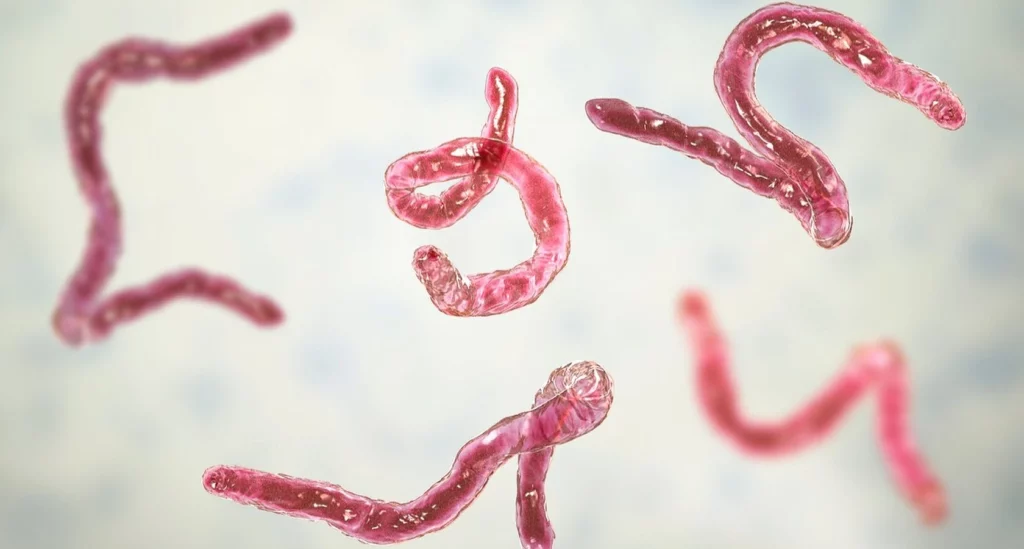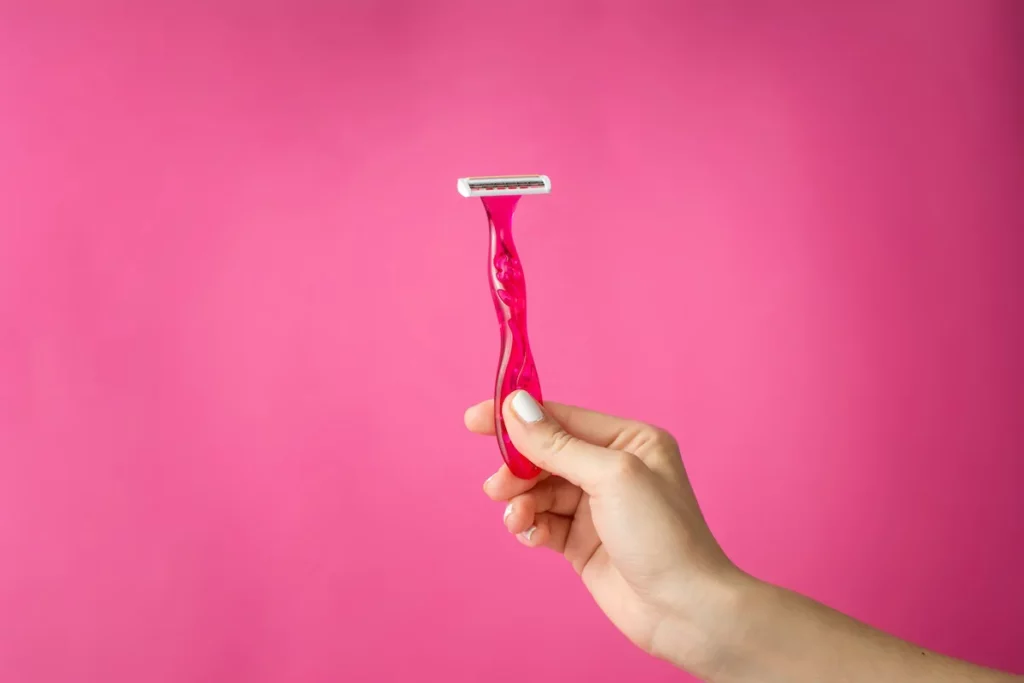Most patients suffer for several years from this chronic disease, with only a few getting some relief in their forth decade. During this time, it can result in permanent scars and cause a lot of psychological distress to the patient. Though it is more prevalent in the teenage years, acne can occur at any age. Some babies are born with neonatal acne and people above the age of 30 can also suffer from adult onset acne.
Acne is a disease of the pilosebaceous apparatus with the overproduction of sebum and a blockage of the duct being the main cause of the disease. The epithelium of the ducts, under genetic influences, start producing more cells that decrease the diameter of the outflow of sebum into the skin. Coupled with this, there is an overproduction of sebum under the influence of androgens and other mediators (insulin growth-like factor, peroxisome proliferator-activated receptor agonists and melanocortins). This results in comedones and with the action of certain bacteria (P. acnes), the sebum is broken down and can spill into the dermis.
The inflammation that ensues, produces pustules, cysts and erythema. Pilosebaceous glands are present on most of the skin surface (excluding the palms and soles), and thus acne can occur wherever the glands are present. Most patients will present with acne on their face and at times on their scalp, chest, back and arms. There is usually greasiness, comedones both open (blackheads) and closed (whiteheads), milia, red papules and pustules, and sometimes nodules, cysts, scarring, keloids and post inflammatory hyperpigmentation.
The cysts are caused by follicular retention and if they open directly to the surface, pigmented keratin is seen and it is known as a blackhead. If the ostial canal is blocked, a small white papule (or whitehead) results. Acne vulgaris is the most common type of acne that occurs mainly on the face and trunk. There is usually evidence of few comedones at around 10 years of age and the disease intensifies during adolescence with maximum activity during the mid-teen years.
The lesions can lead to severe scars if left untreated, as it tends to subside only in one’s early 30’s.
Proposed treatment for different severity levels of acne
The goal of a treatment strategy is to firstly get the disease under control, prevent and minimise scars and maintain the skin. Each case is different and several parameters need to be taken into consideration. The age, sex, occupation, pregnancy, habits, type of acne, cause (if identifiable), budget and availability of the medication, as well as the psychological state of the patient, needs to be considered before formulating a plan. Patients are treated with topical, oral, surgical or light therapy. It is common practice to use a combination of treatment to target more than one pathway in the pathogenesis of acne, to achieve a higher success rate. Table 2, lists the different treatments advised for different levels of severity.




